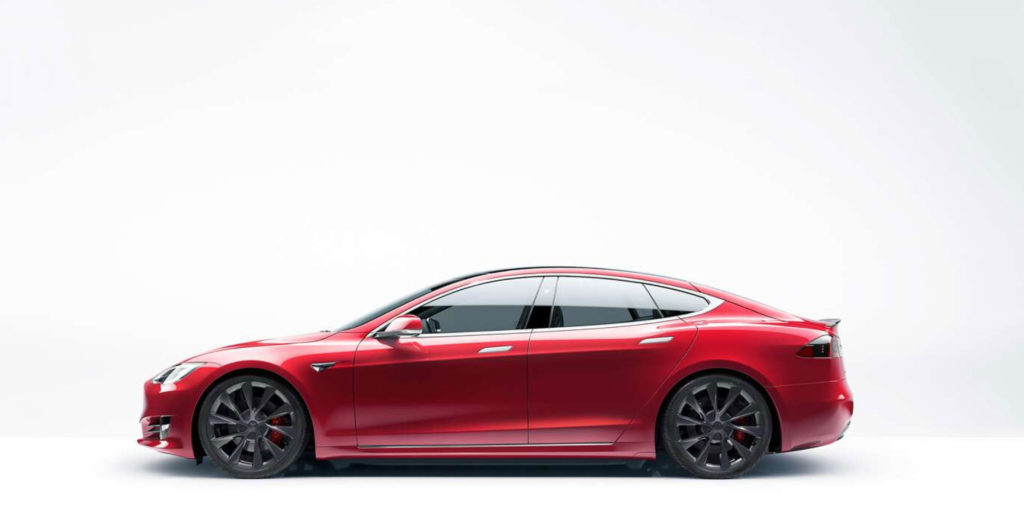The tests involved a 2016 Model S and Model X that used camera systems supplied by Mobileye, now a unit of Intel. Mobileye systems are used by several car makers though Tesla stopped using them in 2016. Tests on Mobileye’s latest camera system didn’t reveal the same vulnerability, and Tesla’s latest vehicles apparently don’t depend on traffic sign recognition, according to McAfee.
Which is correct as one needs to ask if the speed limit was always 35 and suddenly now shows 85 where such a road should not be 85, I need to double check this first before applying a change, and slower will be irritating but it is safer.
Yes this may also have fooled a few legacy motorists but the intuition and double checks need to be deeper developed. It’s akin to developing a missile response system that just adds two events together and pulls the trigger without some further deliberations (it’s also why we don’t take just any human and put them in charge of missile defence).
So AI is already doing a very good job, and I’d venture to say better than most humans, but its not able to yet fully counter actions by malicious humans. If we can get this right we’d have cleaner social networks too!
My real concern is about humans that go out of their way to cause havoc, and fiddling with satellites and AI may just tickle their fancy…
See Electrical tape fooled a Tesla into speeding in test – TechCentral
#technology #AI
Researchers were able to trick a Tesla vehicle into speeding by putting a strip of electrical tape over a speed limit sign, spotlighting the kinds of potential vulnerabilities facing automated driving systems.

